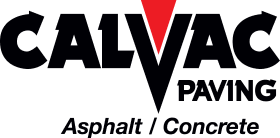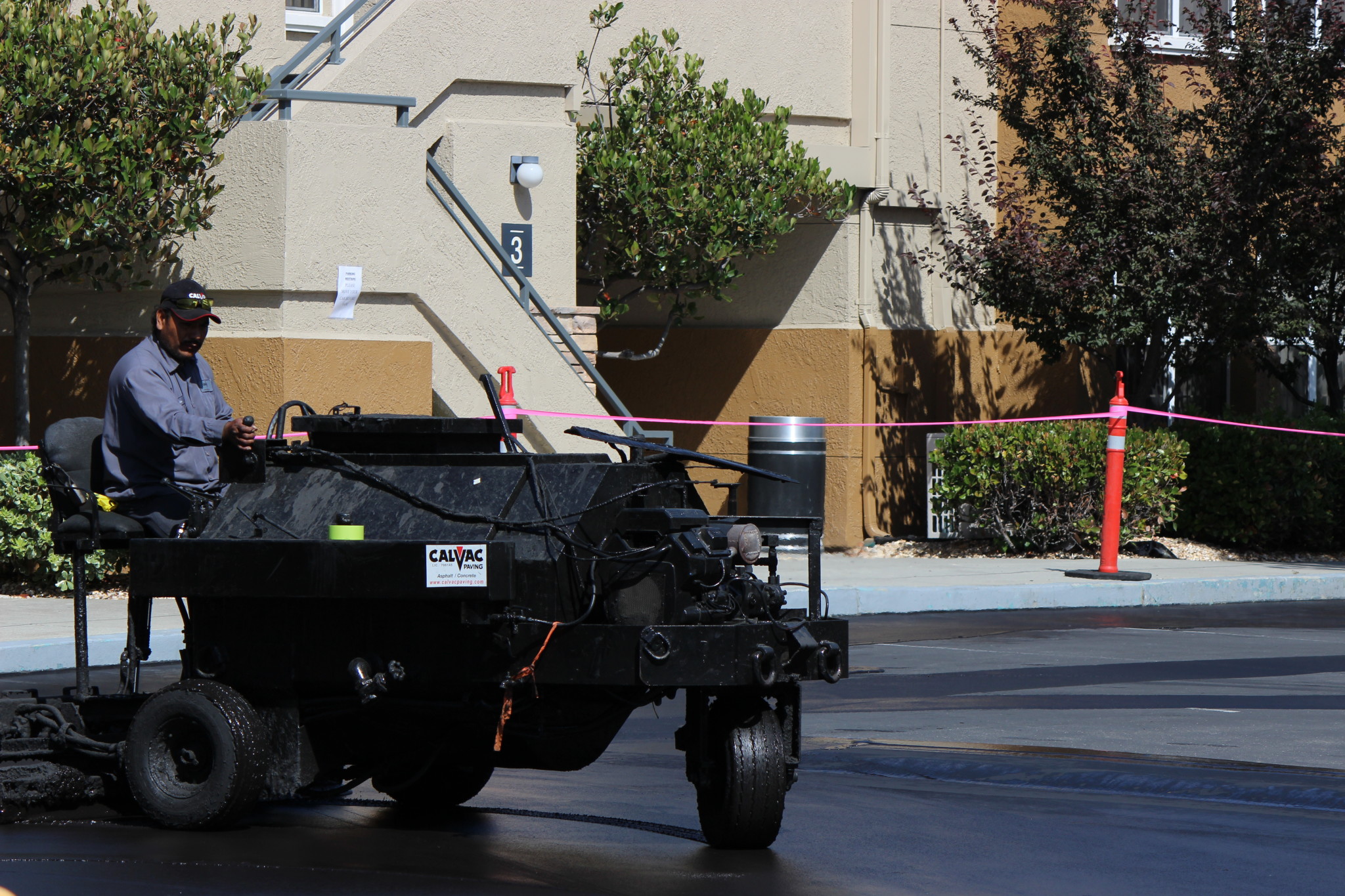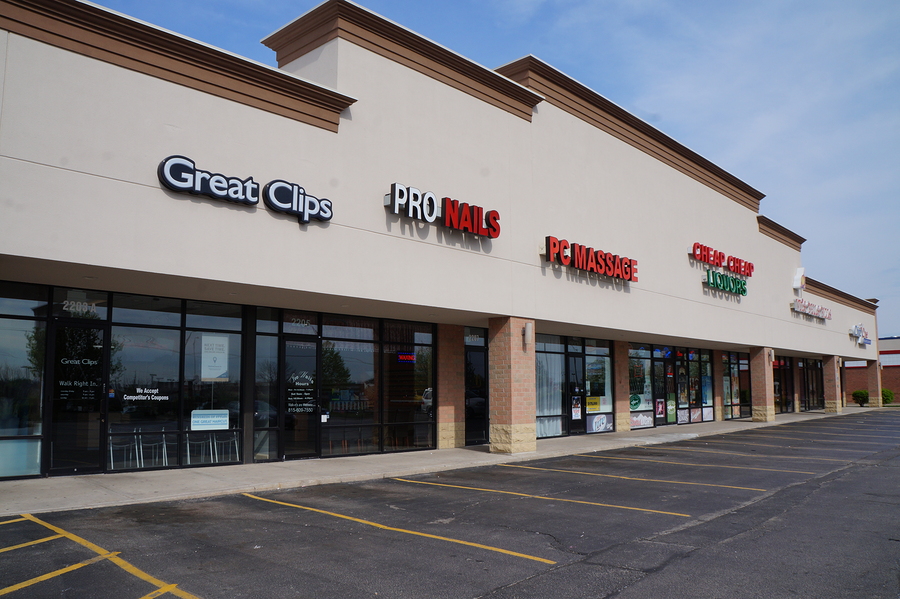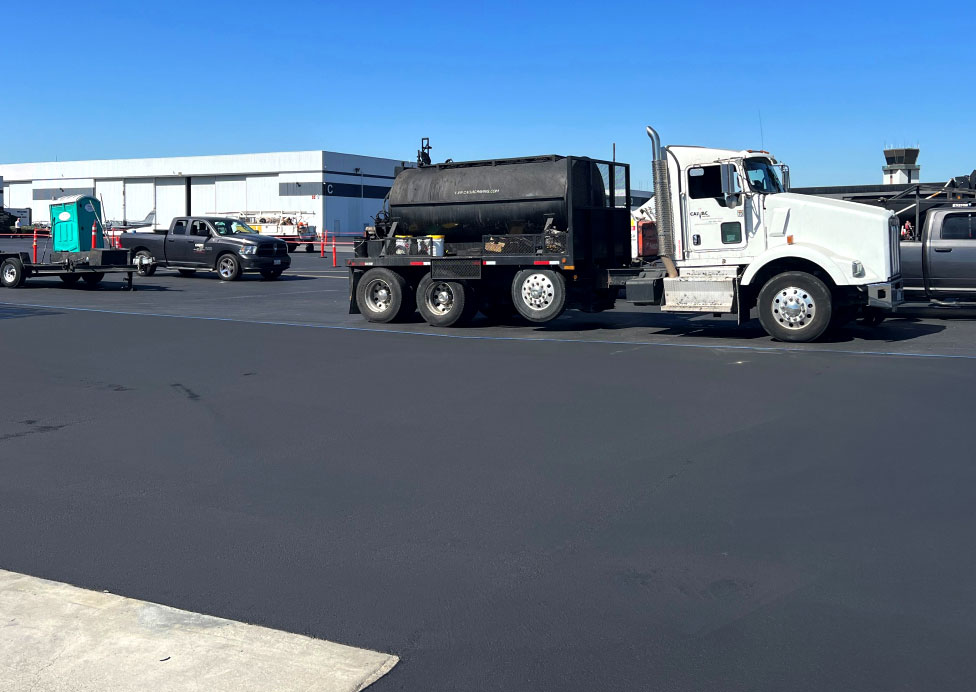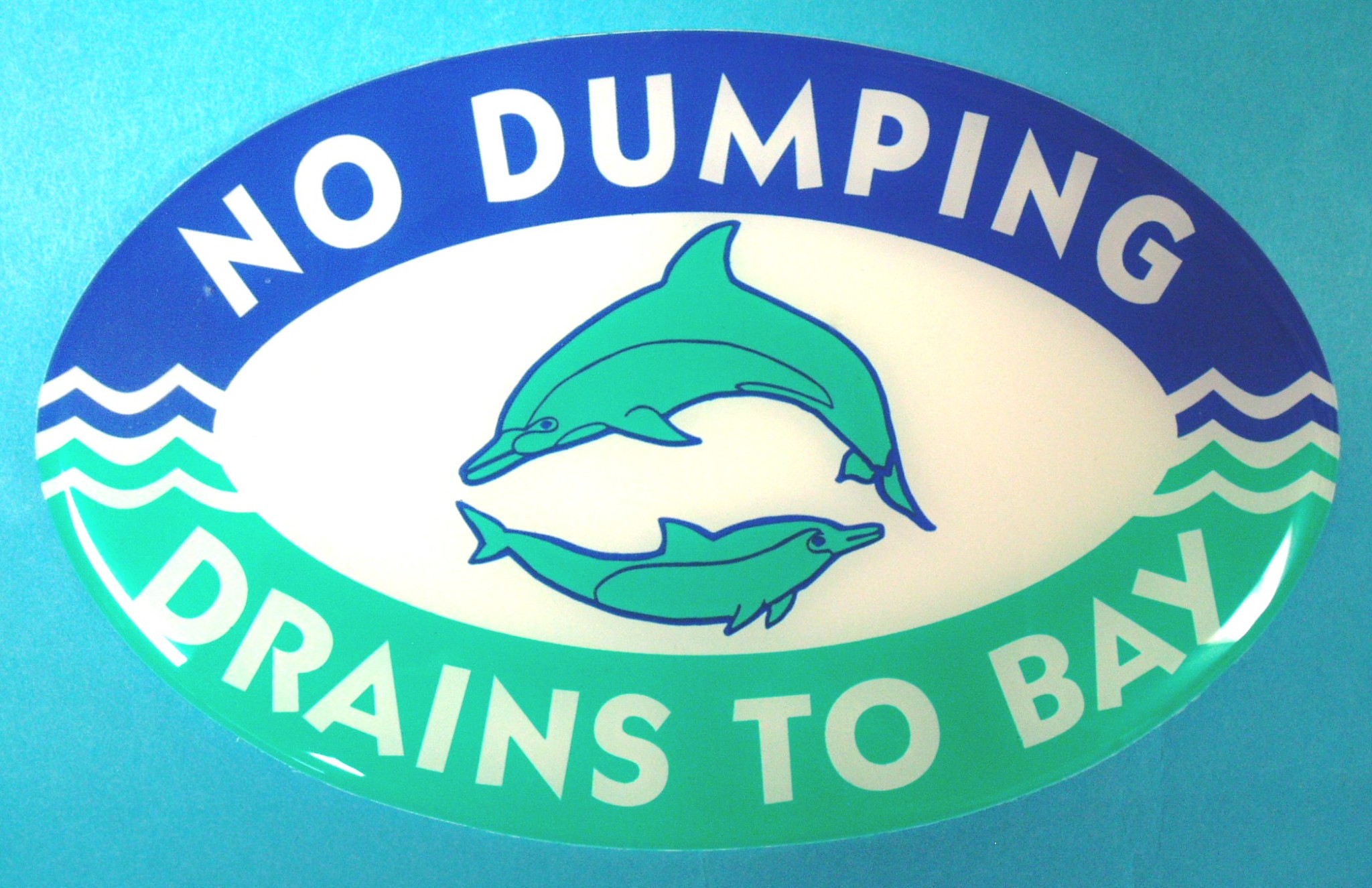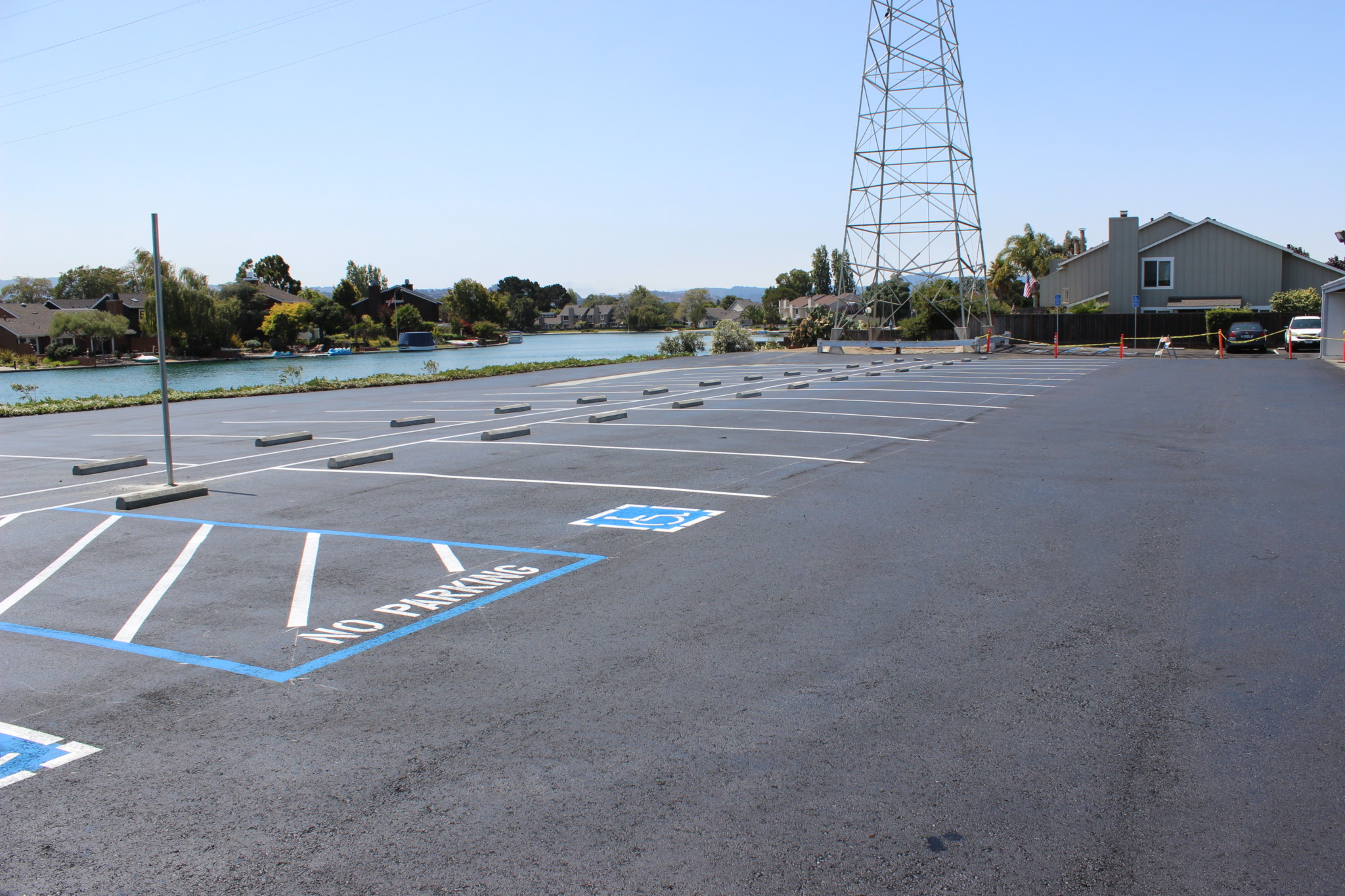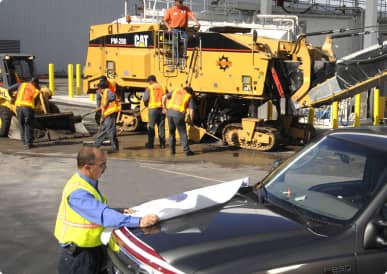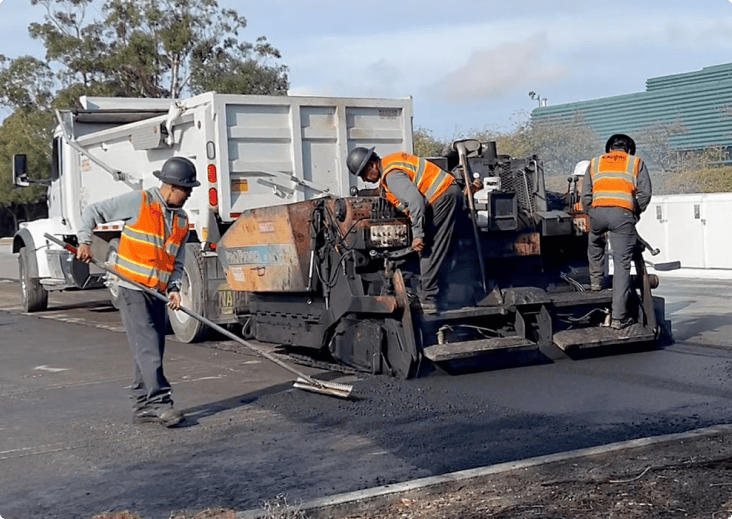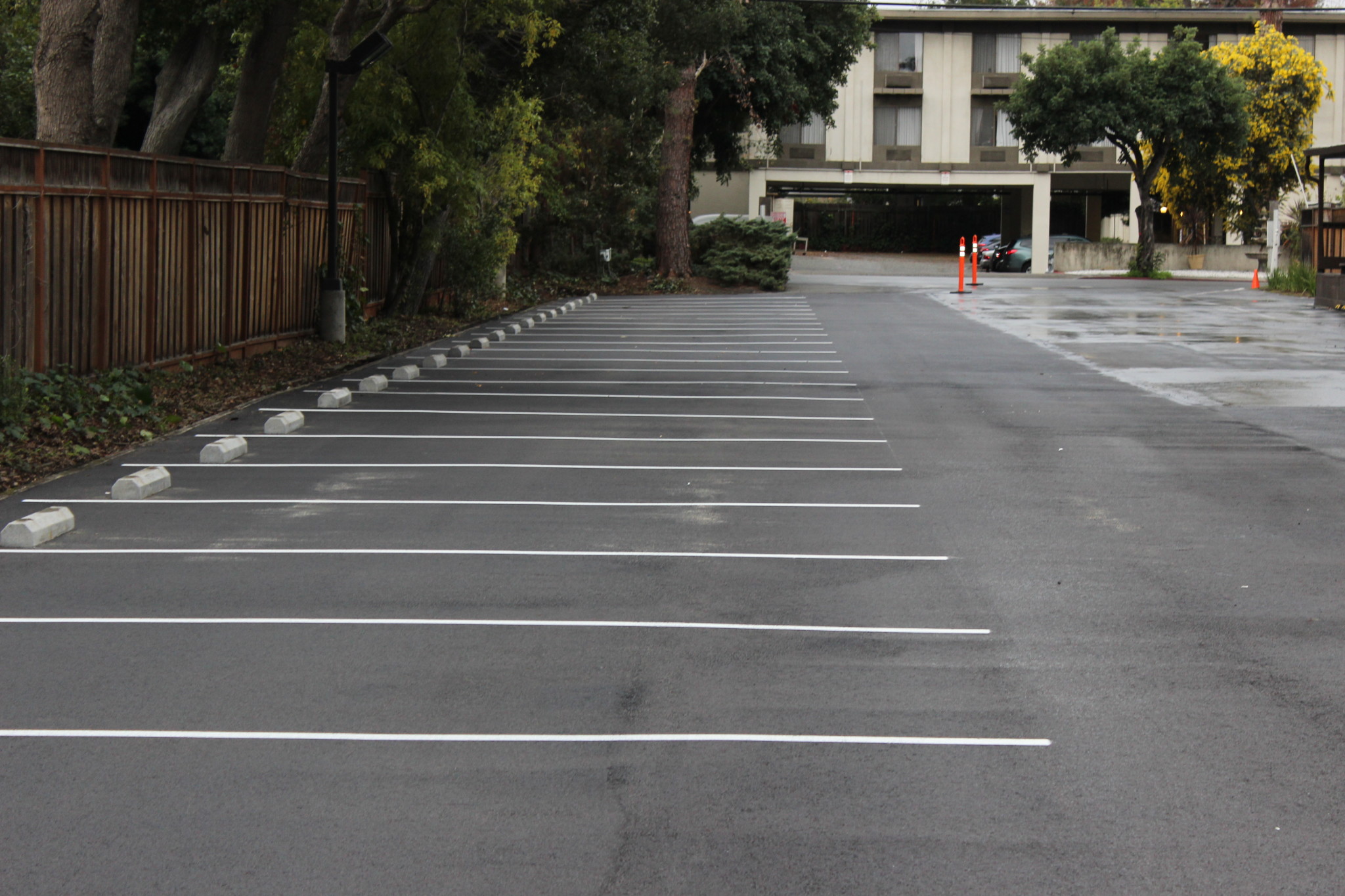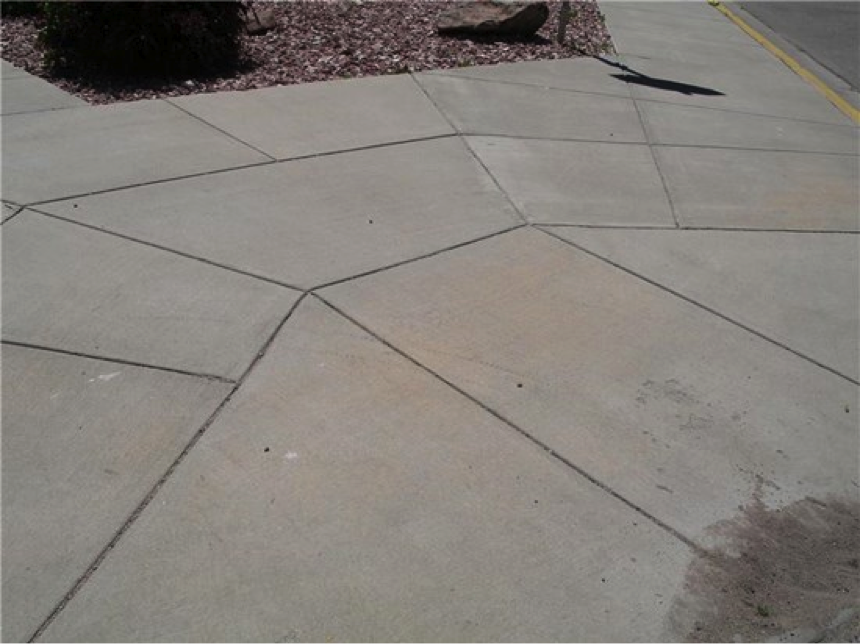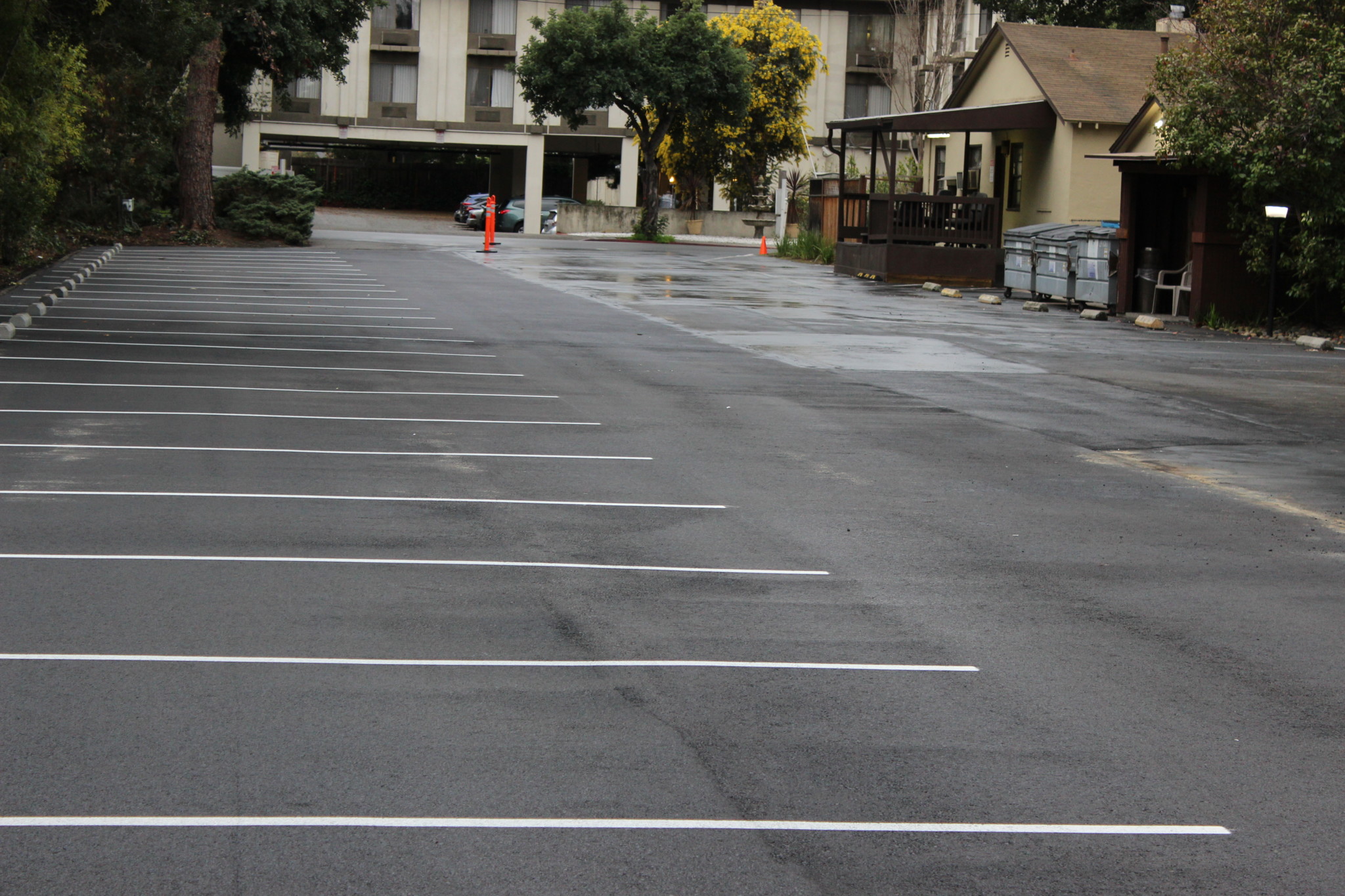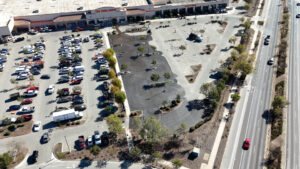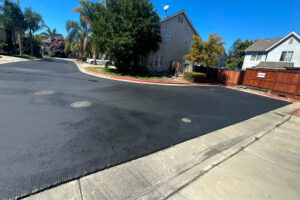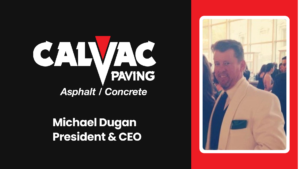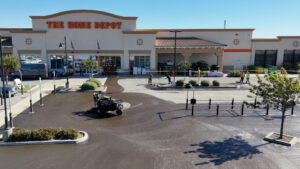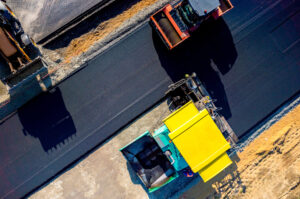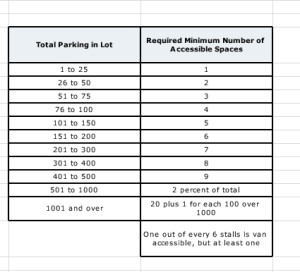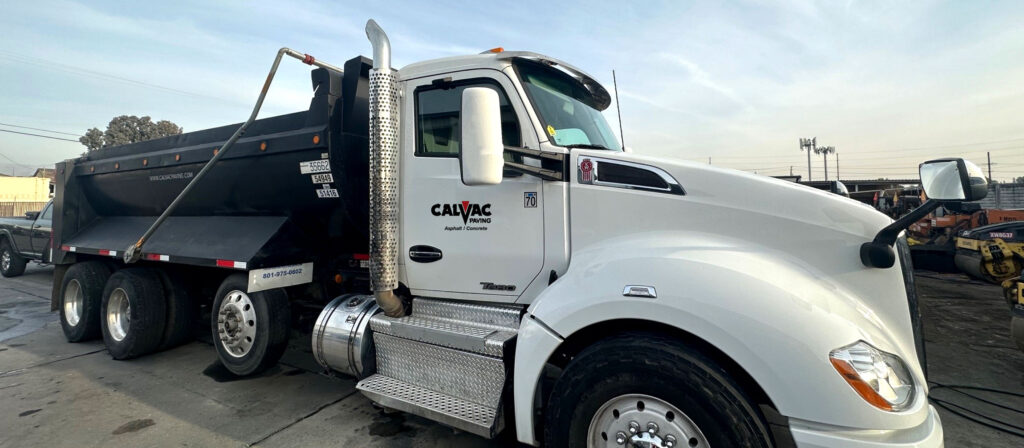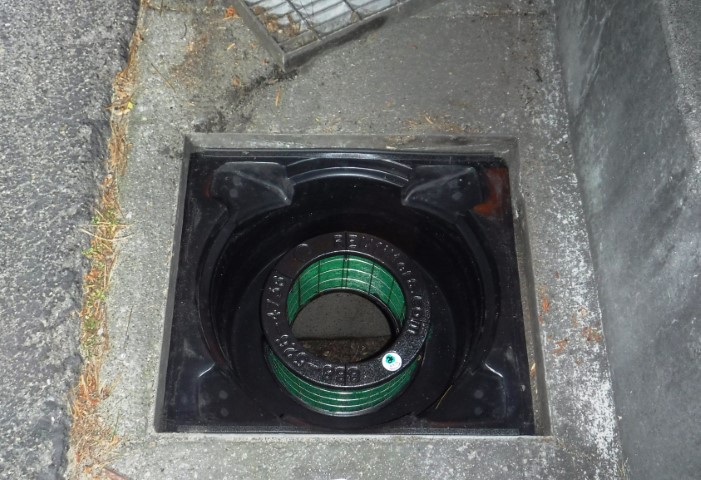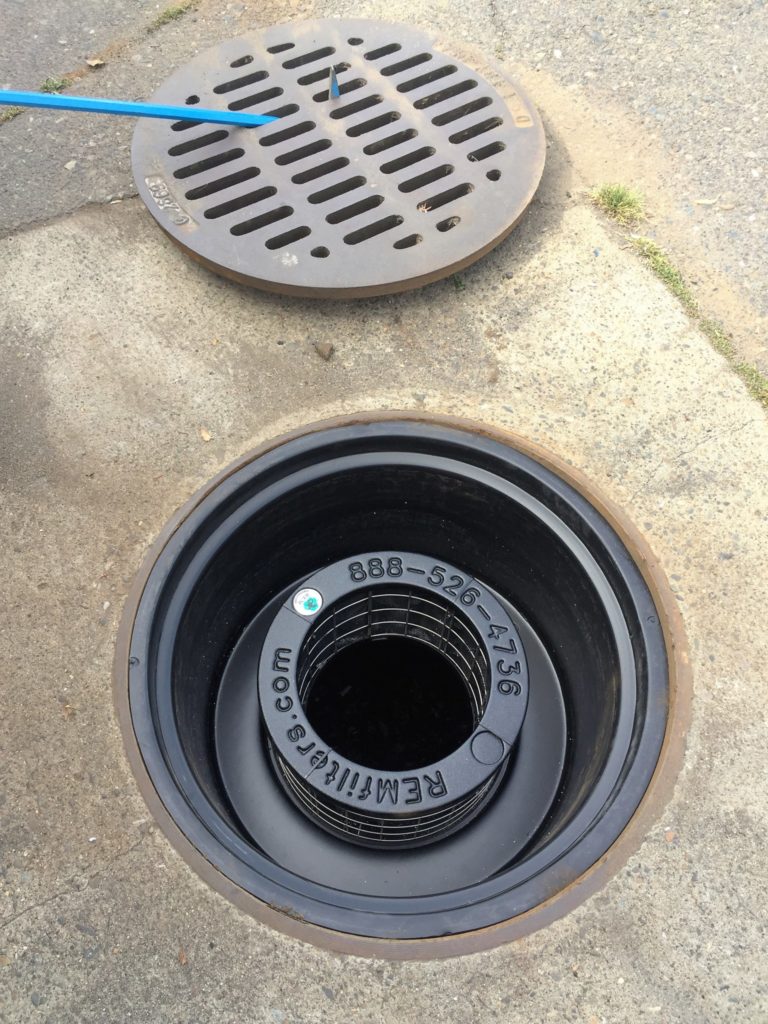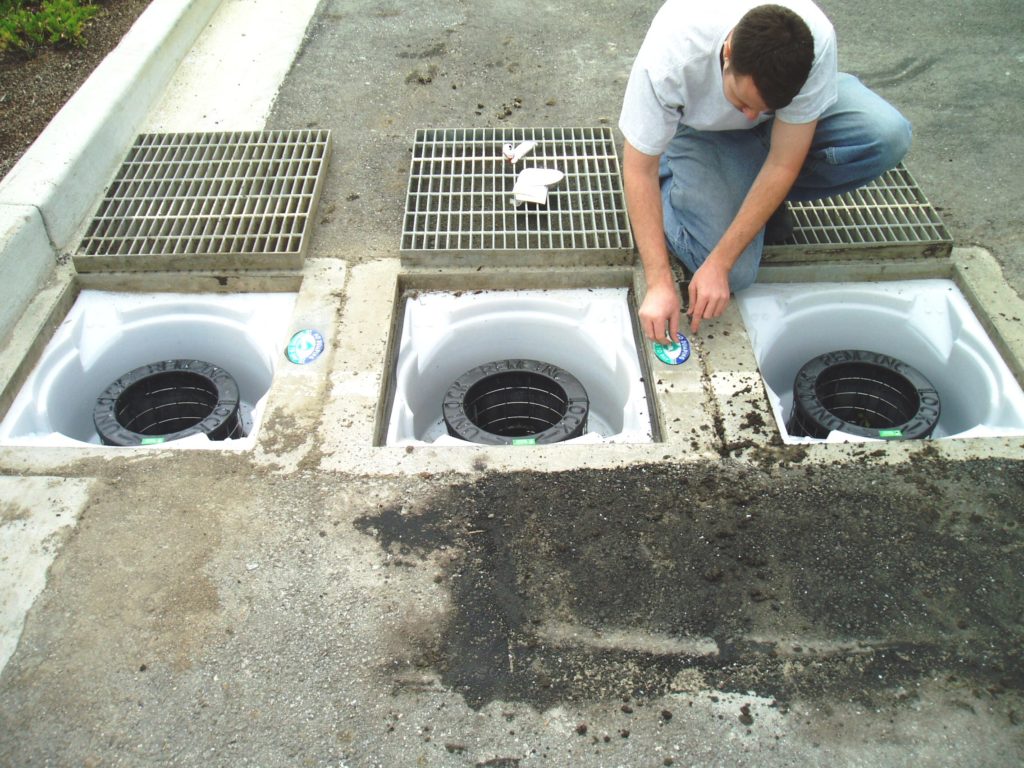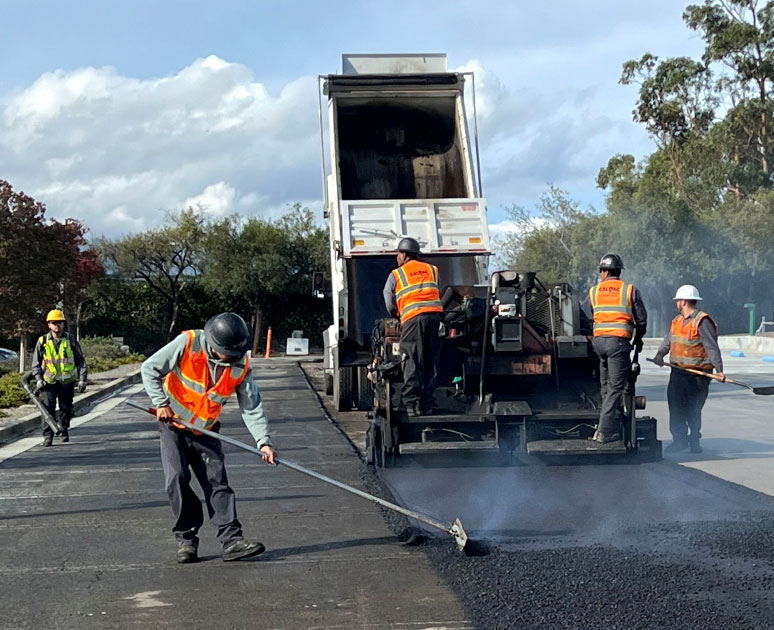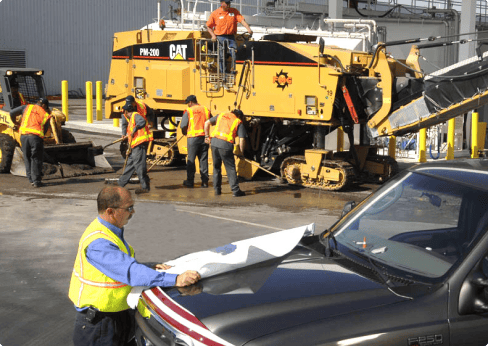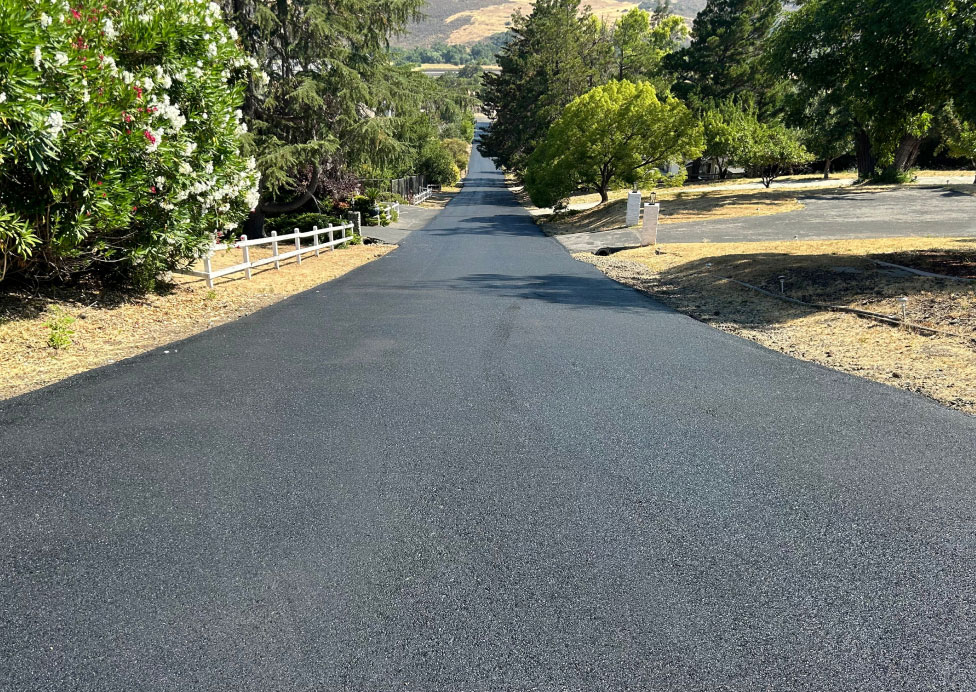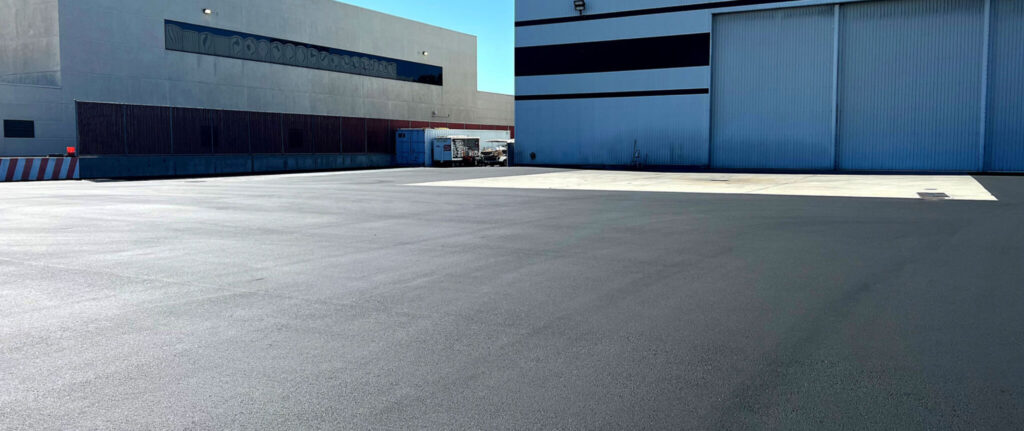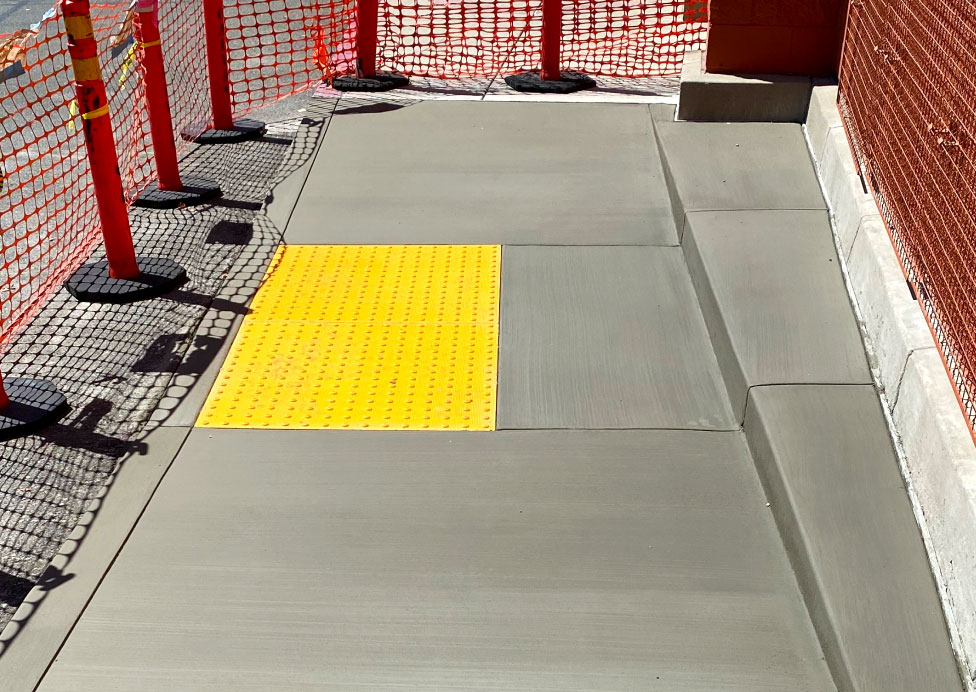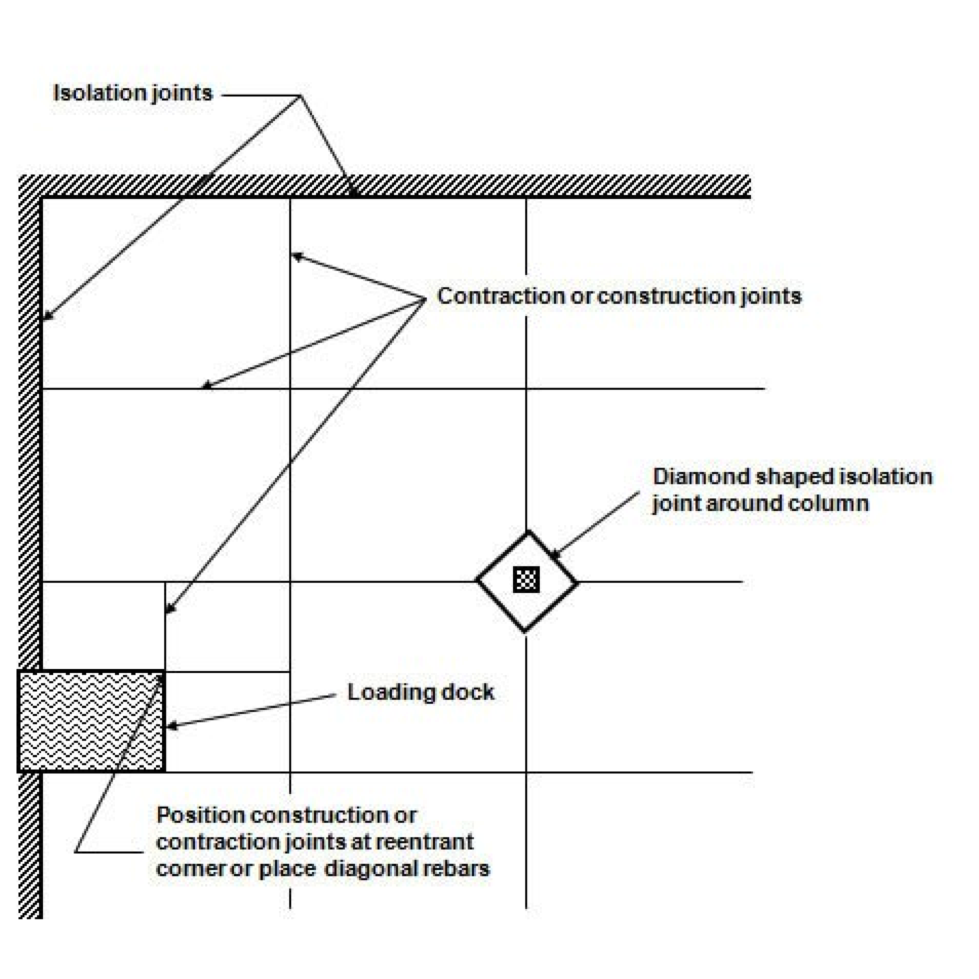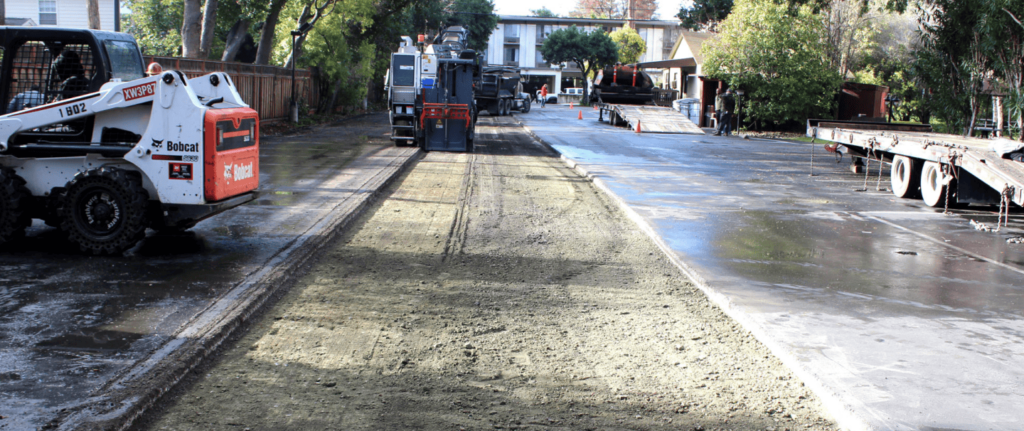Since 1974, Calvac Paving has taken great pride in serving the Bay Area Asphalt & Concrete construction needs.
For nearly fifty years, Calvac Paving has been the Bay Area asphalt and concrete paving contractor that California state and federal agencies, private construction firms, and individual property owners trust to deliver quality concrete paving and Bay Area asphalt cement for every application from tollways to driveways.
Consistently ensuring the highest possible quality and best results for clients means keeping pace with the latest innovations in Bay Area asphalt paving and concrete technology and techniques. Calvac Paving’s dedicated and knowledgeable paving professionals have amassed considerable experience in everything from new construction to refurbishment and repair of old, worn paving such as sidewalks, parking lots, roadways and more. While many paving companies focus solely on one kind of paving, Calvac Paving can boast extensive experience with asphalt, concrete and earthwork, from initial grading to final striping.
“Excellent Service. Very Knowledgeable With Work Needed And Easy To Communicate Ideas Or Alternate Solutions. The Field Estimator And Project Manager Handled Everything With A Minimum Of Time Reviewing The Scope Of Work, And The Front Office Handled All District Paperwork On A Professional Level.”
Among the services Calvac Paving offers to the public are:
In addition to these services, Calvac Paving takes its obligations to the environment we all share very seriously.
We use the latest green and eco-friendly policies and practices at every stage of construction from the project’s start to the final cleanup and disposal of waste products at the end. Most business owners would agree that taking steps to be a greener business is a win-win for everyone.
“Green” Paving?
While this phrase may sound oxymoronic, asphalt pavement has consistently been reported as the most frequently recycled material in the nation since 1993. Continuous improvements in recycling technology and paving practices and techniques that permit for more adaptive uses of existing paving materials have fueled this recycling boom with regards to asphalt and, to a lesser degree, concrete. Purely virgin asphalt concrete, also known as “hot-mix,” is relatively rare today because of the numerous advantages of recycling asphalt in place. However, many old-school pavers often still refer to “warm-mix,” discussed below, as “hot-mix” regardless of this designation’s true accuracy.
“Overall terrific experience. Responsive, engaged and high quality work. I would definitely recommend Calvac to others.”
Most asphalt you see on the road today consists of rocks, also called aggregates, sand, binder material, and additives such as shredded rubber tires, pig manure, cigarette butts, and metal slag, to name a few. These additives are re-purposed and treated in such a way as to make them a cohesive part of the overall mix and increase a Bay Area asphalt and cement mix’s performance. This transforms relatively useless or even outright hazardous materials into reasonably safe and effective filler materials for asphalt mixes. However, the most common fillers are recycled asphalt paving and asphalt shingles. Using these materials in “warm-mix” asphalt paving sharply decreases the amount of virgin oil binder needed to create a safe driving surface with proper internal cohesion and compactive properties. According to the National Asphalt Paving Association, in the 2013 construction season alone nearly 68 million tons of recycled asphalt and almost 2 million tons of asphalt shingles were used as recyclables, at a savings to taxpayers of around $2 billion. The use of recyclables has increased 21% since 2009 and represents over 99% of all in situ, or existing, asphalt paving and concrete being recycled and re-purposed instead of ending up in landfills.
Calvac Paving is proud to be part of an industry that is able to recycle and reuse apparent waste materials so efficiently and effectively in concrete and asphalt paving.
As your Bay Area concrete and asphalt pavement provider, Calvac Paving takes a deep interest in ongoing advances in procedures and techniques that allow for new ways to re-purpose existing pavement, whether it is asphalt, concrete, or something else.
The Future Of Asphalt & Concrete
The interest in new advances is not limited to asphalt because Calvac Paving is dedicated to finding more efficient and ecologically sound ways of achieving the same overall goals. One development that Calvac Paving is watching with great interest is so-called “bio-concrete.” In this type of concrete, a regular concrete mix is impregnated with tiny plastic capsules containing a type of bacillus bacterium which feeds on calcium lactate and excretes limestone. The capsules dissolve when exposed to water, activating and freeing the dormant bacteria within to begin the healing process. This landmark technology could result in admixtures for other types of Bay Area paving, which work to increase the strength, performance, and longevity of all kinds of paving while reducing necessary time-of-life repairs dramatically. As paving technology and techniques evolve, Calvac Paving intends to retain our leadership position in adopting new practices, prioritizing greater safety, security, durability, and environmental awareness in every task we undertake. From new builds to maintenance and repair of existing paving projects, Calvac Paving wants to ensure that its products and services stand the test of time, just as we have since 1974. For your next paving project, whether you’re starting from scratch or trying to determine the most efficient and effective way to repair or replace worn, cracked, or improperly placed paving materials, Calvac Paving’s experienced personnel can become stakeholders in your properties. We welcome the opportunity to show you why Calvac Paving has been building the Bay Area for over forty years, giving real results that stand the test of time!
To Find Out More About Why Calvac Paving Is The Bay Area’s Leader In San Jose Concrete And Asphalt Paving For Every Application From Auto Parking To Complete New Construction, We Invite You To Click Our Name To Find Out More About Calvac Paving, Including Directions To Our Office.
You can also call us at any of the three numbers below, or visit https://www.calvacpaving.com/bay-area-san-jose-asphalt-concrete-contact/ to get in touch through our website. (408)872-9122 (650)318-6108 (831)264-0644 And for more information about Calvac Paving Bay Area asphalt and concrete, keep reading for our answers to frequently asked questions from readers and business owners like you!
Frequently Asked Questions about Bay Area Asphalt and Concrete
Calvac Paving is your source for real information and true facts about everything to do with concrete and asphalt, so you know for sure the job will get done right the first time, every time!
“Gahrahmat Properties has worked with Calvac well over 20 years. Calvac has done jobs for us of all shapes and sizes and they have never let us down, ALWAYS on time and ALWAYS on budget. Calvac is a company that is very knowledgeable at all levels, and the guys on site are amazing. For example, if one of the crew sees something that isn’t correct they either bring it to our attention or they simply just take care of it. This company takes pride at all levels of their work and it shows time and time again. So, on behalf of Gahrahmat Properties, I would like to thank you Guys for all of your hard work over the past 20 plus years and We look forward to many more. Robert J. Crum”
Note: All reviews on this page are from actual Calvac Paving customers. To see more reviews, click here!
Question: How Can I Tell If My Bay Area Asphalt And Concrete Company Is Going To Do A Good Job? –Arthur, San Jose, CA
Answer: A reputable paving contractor will have a good rating with the Better Business Bureau; solid reviews on Yelp!, Google, HomeAdvisor, and other contractor-oriented websites; and be able to provide honest reviews and references from actual customers so you can verify their credentials and past experience. However, is this the best way to gauge how a contractor works? Not necessarily! The best way to see how a contractor does their job is to actually see them working and how they interact with their crews, other contractors, inspectors, and the general public. This can help you evaluate both the content of the company’s character and the sort of results you can expect from your Bay Area paving contractor. Or you can just contact Calvac Paving!
Question: How Does Recycling Asphalt Make For A Better Environment, And Why Does Calvac Paving Care? –Alisha, San Francisco, CA
Answer: Conserving natural resources to create a healthier environment and future for everyone who shares this planet has been a priority goal of Calvac Paving since the beginning. As such, we make it a point to source our cement-based concrete and asphalt concrete from recyclable materials when and where possible. We also work hard to keep up with the latest changes and developments in concrete and asphalt technology, so we’re always at the forefront of innovation for paving that delivers superior longevity, durability, performance, and safety for the general public. But it’s our results and impressive list of repeat customers, some of whom have trusted Calvac Paving’s personnel, methods, and processes for decades, that really sets us apart from other so-called “green” paving companies. That’s why more businesses and contractors trust Calvac Paving for eco-friendly construction materials and practices and why you can trust us too!
Question: What Is The Difference Between Asphalt, Concrete, And Cement? –Jonas, Santa Clara, CA
Answer: Cement is one of the key ingredients in concrete. When you mix Portland cement with aggregate, sand, admixtures, colors, and other ingredients, you get a simple-to-place matrix that can be tinted, colored, shaped, and formed in just about any way you can conceive of. Thus, while you can have cement without concrete, you can’t have conventional concrete without cement. Asphalt, on the other hand, uses sand and aggregates as well, but it substitutes a bituminous binder, also known as tar or oil, for cement to give the matrix greater strength, flexibility, and water resistance. When the asphalt is compacted and cured, it forms a flexible surface that can withstand more direct force for longer periods than concrete can. This is why you see concrete curbs alongside asphalt roads and driveways. The concrete helps to shape and support the roadway, while the asphalt provides a smooth, resilient surface that’s safer to drive on in all weather and easier to repair than conventional concrete. Unlike some companies that only do one or the other, Calvac Paving places both Bay Area asphalt and concrete paving so you know you’ll get the best results every time.


